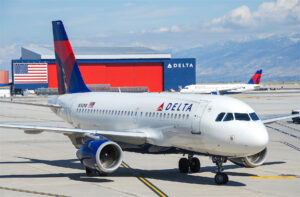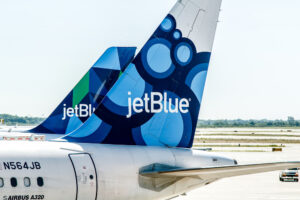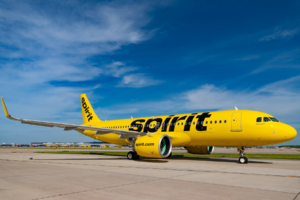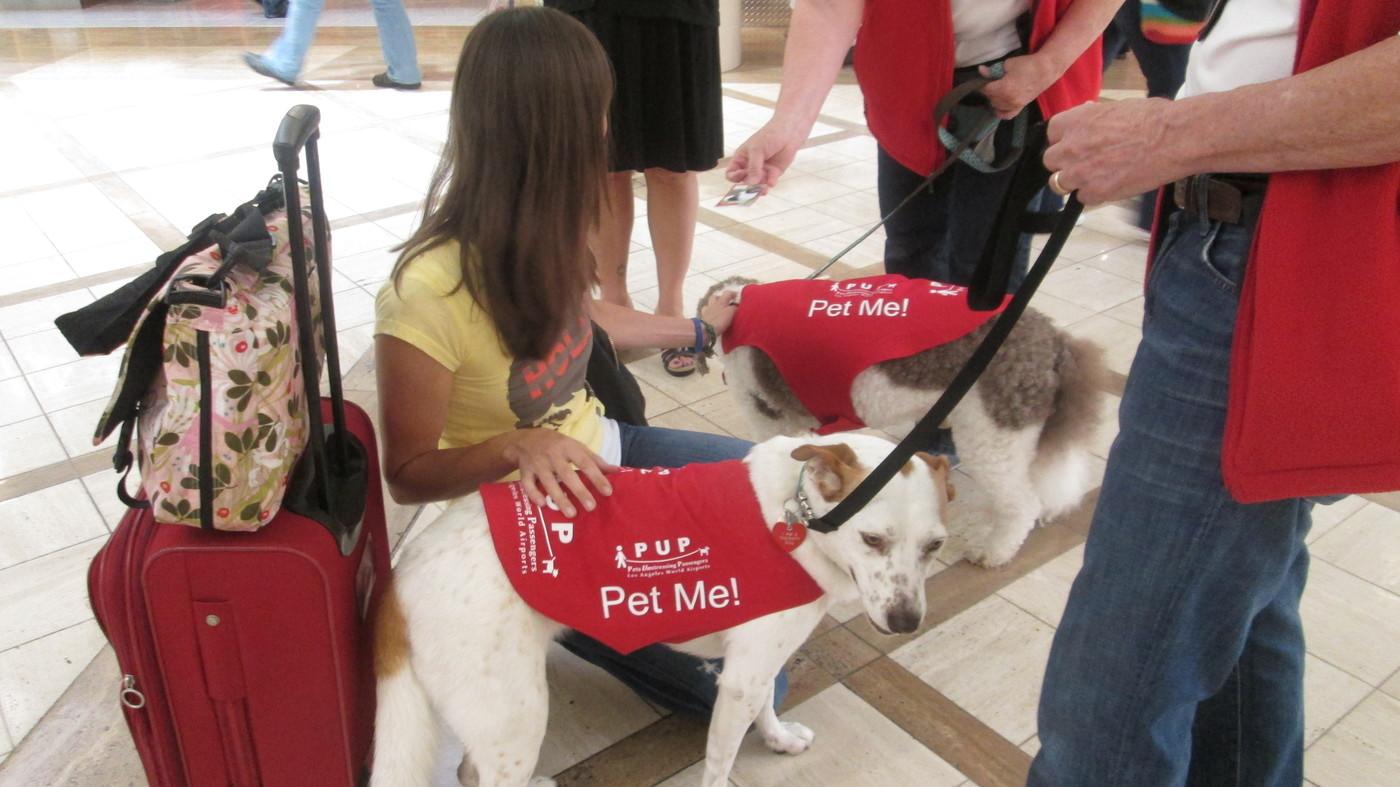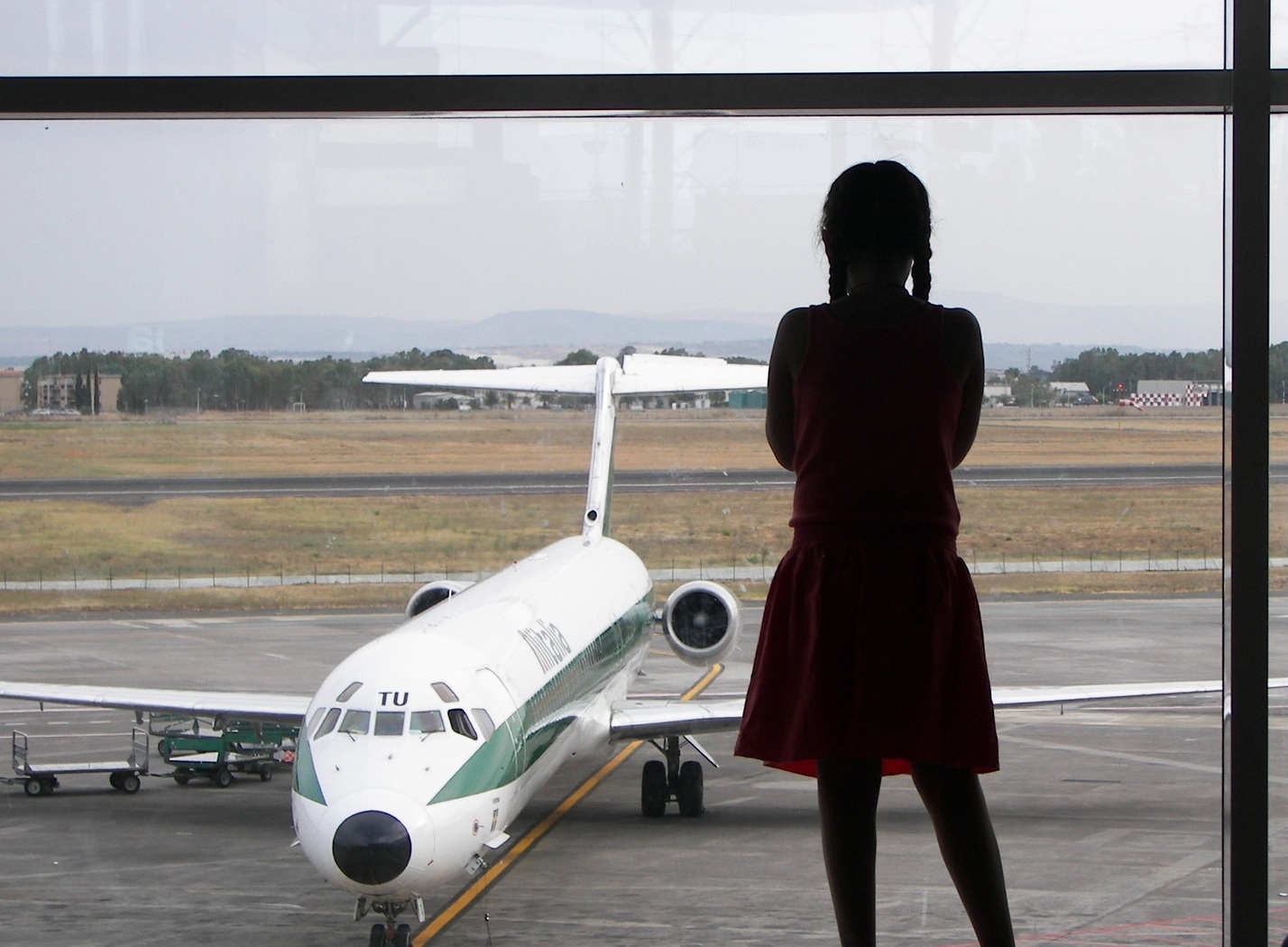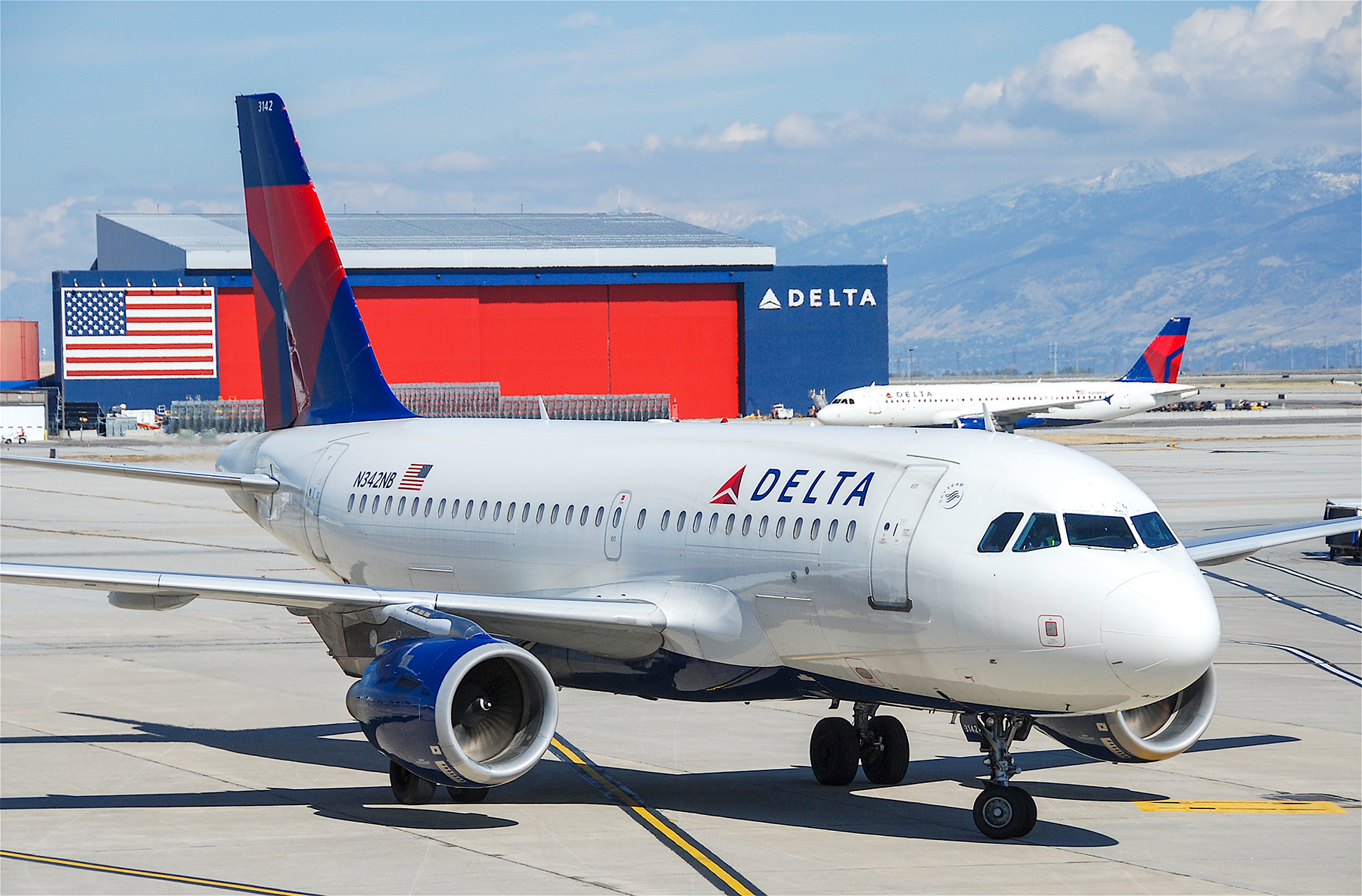Animal Employees: Coming to an Airport Near You?
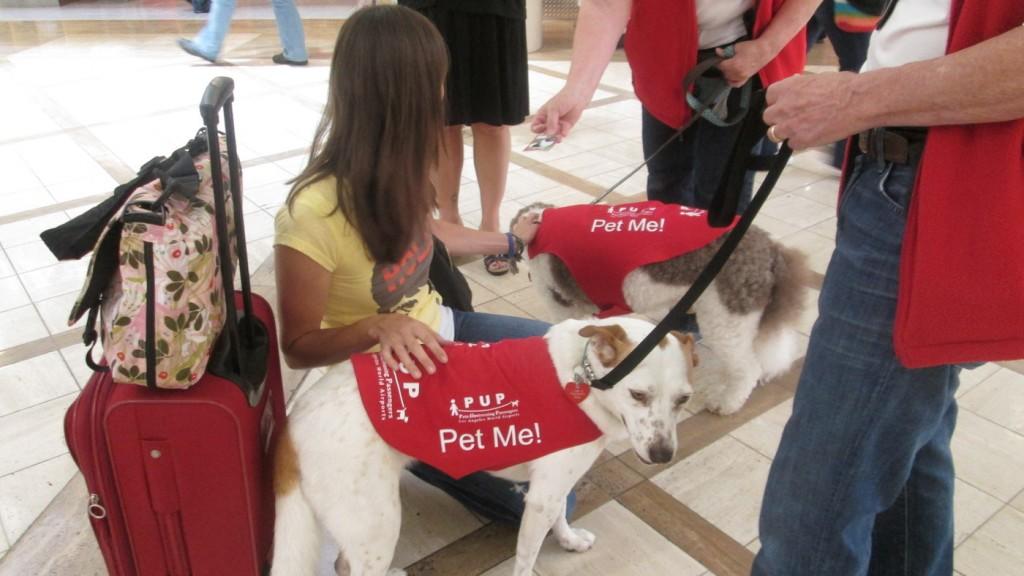
Therapy dogs Barney (rear) and Hazel are on the job comforting weary travelers at LAX.
At airports across the United States and around the world, animals are taking a much more prominent role in care.
Airports are turning to new partners to keep flyers moving safer than before – but don’t expect to see them in a uniform. From goats at Chicago O’Hare International Airport (ORD) to therapy dogs at Los Angeles International Airport (LAX), more airports are employing four-legged help to keep flights in the air.
According to CNN, the animal help runs across the gambit of shapes and sizes, each performing a vital role in keeping airports running on a daily basis. At ORD, a herd of goats, sheep and burros help to keep the grounds clean by eating the vegetation around the airport. In Oregon, Portland International Airport (PDX) has taken a similar route, while adding llamas to protect the goats from local coyotes.
At LAX, specially trained therapy dogs have been helping flyers cope with airport stress for years under the PUP program: Pets Unstressing Passengers. The trained dogs were even honored by the Los Angeles City Council in November for their continued duty to the flying community.
Cats can play a role in the passenger experience, too, as Manchester Airport (MAN) learned. In 2007, a one-eared cat became the official mascot for the British airport. When the cat passed away eight years later, hundreds of fans sent their condolences around the world and shared memories of the cat that greeted them at the airport.
Airport officials claim the animal help are not just there for the cute factor. In Portland and Chicago, the herds do the work that their human counterparts may not be able to reach in a safer and more eco-friendly fashion.
Other animal programs under experiment in the United States include using falcons to help airports to prevent bird strikes at airports. Overseas, an Israeli security group is experimenting with using mice to detect explosives, while a German university uncovered the potential for bees to detect drugs in transit.
[Photo: Gloria Hillard]

